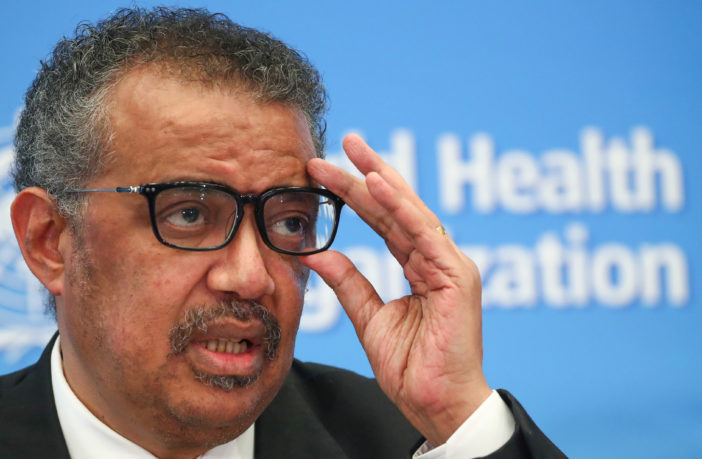The World Health Organisation (WHO) says a person dies every 30 seconds from a hepatitis-related illness, while calling on all countries to work together to eliminate this preventable public health threat by 2030.
Director-General of WHO Director-General, Tedros Ghebreyesus in his message to mark World Hepatitis Day on Wednesday, observed that access to testing and treatment for the disease remained low.
World Hepatitis Day, observed on July 28 every year, aims to raise global awareness of hepatitis — a group of infectious diseases known as Hepatitis A, B, C, D, and E — and encourage prevention, diagnosis and treatment, the UN correspondent of the News Agency of Nigeria (NAN) reports.
Ghebreyesus said while some progress had been made, access to prevention, testing, and treatment services for viral hepatitis remained far too low.
“Over 350 million people have chronic hepatitis, an estimated 80 per cent of them can’t access the care they need,’’ he added.
According to him, the Day observed annually on 28 July, aims to raise awareness of viral hepatitis, an inflammation of the liver that causes severe liver disease and hepatocellular cancer.
While the five main A, B, C, D and E strains of the virus all cause liver disease, they differ in other important ways, including illness severity, geographical distribution and prevention methods.
This year’s campaign specifically aims to increase early testing and treatment to reduce the risk of liver cancer.
WHO called the Day an opportunity for the world community to “unite and make our voices heard, celebrate the progress we have made, meet the current challenges and to increase awareness and encourage a real political change to jointly facilitate prevention, diagnosis and treatment”.
The global agency disclosed that some forms of hepatitis were preventable through vaccination, after a study it conducted found that by 2030, an estimated 4.5 million premature deaths could be prevented in low- and middle-income countries through vaccination, diagnostic tests, medicines and education campaigns.
Currently, 42 per cent of children globally have access to the birth dose of the hepatitis B vaccine.
WHO’s global hepatitis strategy, endorsed by all its member States, aims to “reduce new hepatitis B and C infections by 90 per cent and deaths by 65 per cent between 2016 and 2030,”Ghebreyesus said.
“We have the tools to reach these targets, but only if all countries commit to making sure all people have access to them”, he added. “Let’s get to work because hepatitis can’t wait”.
Combinedly, hepatitis B and C, the most common types, have resulted in 1.1 million deaths and three million new infections per year, while an estimated 354 million people worldwide currently live with hepatitis B or C, and for most, testing and treatment remained beyond reach.
If you are going for a tattoo or piercing, make sure the needles are sterilised, as most often, Hepatitis C is transmitted by blood via unsterilized equipment.
The burden of hepatitis B infection is highest in the WHO Western Pacific Region and the African Region, where 116 million and 81 million people, respectively, are chronically infected.
Sixty million people are infected in the Eastern Mediterranean Region, 18 million in South-East Asia, 14 million in Europe and five million in the Americas.
Ten per cent of people with chronic hepatitis B virus are diagnosed, 22 per cent of whom receive treatment while Hepatitis C virus (HCV) occurs in all WHO regions.
If left untreated, hepatitis B and C are major risk factors for liver cancer – the sixth leading cause of death in the WHO Western Pacific Region.
Hepatitis B is mostly spread from mother to child at birth, called perinatal transmission, or through exposure to infected blood, in addition it could be spread by needlestick injury, tattooing, piercing and exposure to infected blood and body fluids. (NAN)




